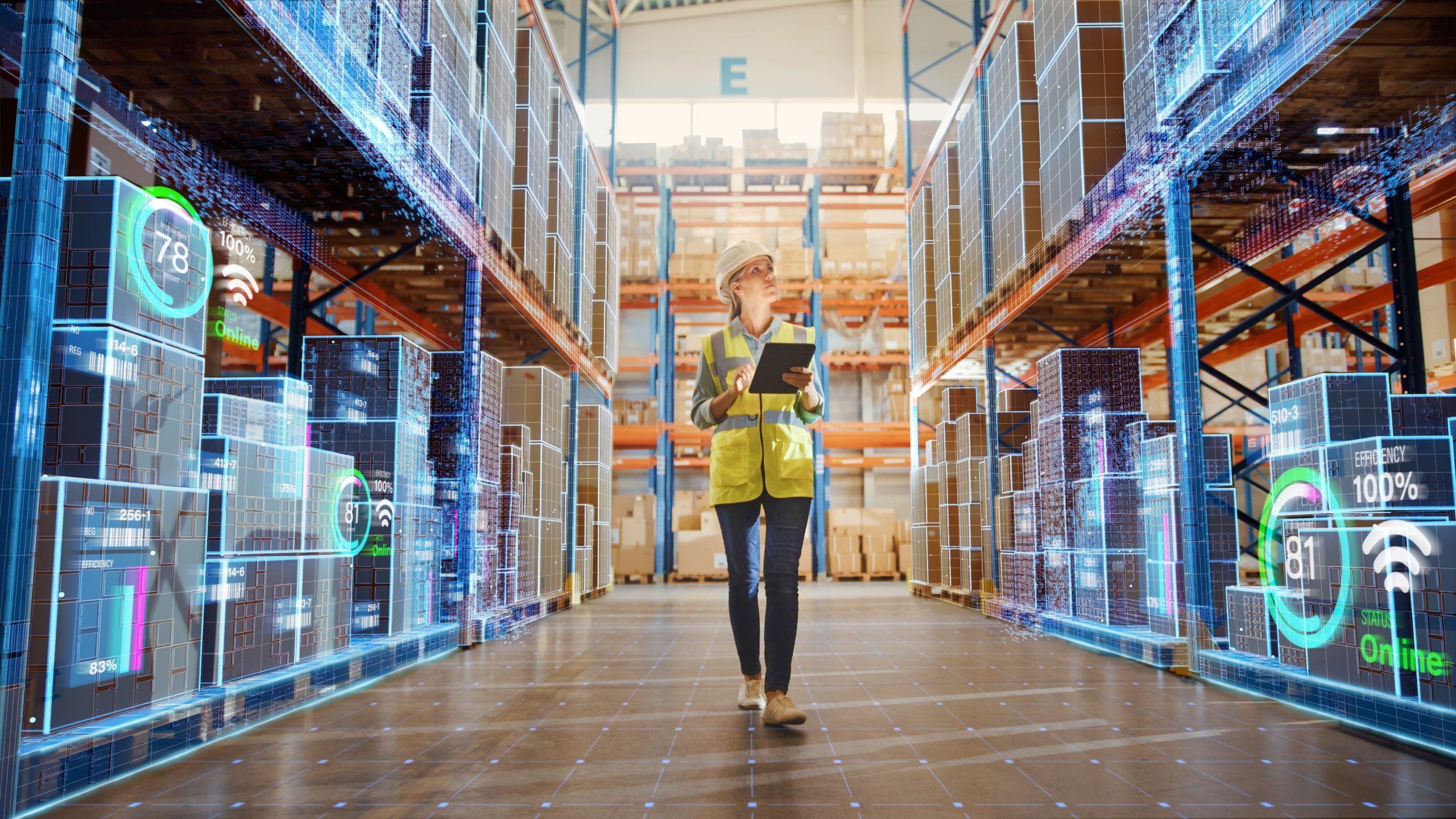
Warehousing innovations are significantly improving operational efficiency, with automation leading the charge. According to a report by McKinsey, automated warehousing technologies can boost productivity by up to 50%, while reducing operational costs by 20% to 40%. These innovations, such as robotic systems and AI-driven warehouse management solutions, are helping businesses meet increasing demand for faster and more accurate order fulfillment. This shift is crucial in industries where rapid scaling and efficient logistics are key to staying competitive
Here’s a look at some of the key innovations reshaping warehouse management.
Automated Storage and Retrieval Systems (AS/RS)
Automated Storage and Retrieval Systems (AS/RS) are revolutionizing how warehouses manage inventory. These systems use automated technology, such as robots and cranes, to retrieve and store items efficiently. AS/RS increases the speed of operations, reduces labor costs, and improves space utilization by stacking products higher and denser than manual systems allow. Businesses are seeing significant reductions in order processing times, allowing them to meet the growing demand for faster shipping.
Warehouse Management Systems (WMS) with AI Integration
The implementation of AI-powered Warehouse Management Systems (WMS) enables smarter decision-making and real-time inventory management. By analyzing data on inventory levels, customer orders, and shipping routes, these systems optimize warehouse processes like picking, packing, and shipping. AI can predict inventory needs, streamline replenishment processes, and reduce stockouts or overstock situations, ultimately improving customer satisfaction and reducing operational costs.
Robotics and Drones in Warehousing
Robots and drones are now widely used in warehouses to enhance productivity. Autonomous mobile robots (AMRs) help move products from one place to another without the need for human intervention. This innovation minimizes errors, cuts down on manual labor, and improves safety by reducing accidents in the warehouse. Drones, on the other hand, are used for inventory management and monitoring, enabling faster and more accurate stock counts.
Internet of Things (IoT) for Real-Time Tracking
The integration of IoT technology in warehouses has transformed inventory tracking. IoT sensors attached to products or pallets provide real-time data on location, temperature, and condition, which is crucial for sensitive or perishable goods. IoT helps prevent inventory loss and damage while ensuring that the products are in optimal conditions throughout the storage process. This not only enhances operational efficiency but also ensures that businesses meet regulatory requirements, especially in industries such as pharmaceuticals and food.
Augmented Reality (AR) for Enhanced Picking Efficiency
Augmented Reality (AR) is increasingly being used in warehouses to improve order-picking efficiency. AR glasses guide warehouse workers to the exact location of products, display information about the item, and provide instructions for completing tasks. This reduces picking errors and speeds up the overall order fulfillment process, improving accuracy and productivity.
Cloud-Based Solutions for Seamless Integration
Cloud-based warehouse management systems enable seamless integration of various supply chain functions, from procurement to delivery. With real-time data access, businesses can manage multiple warehouses from a single platform, allowing for better coordination across locations. This results in reduced downtime, faster decision-making, and the ability to scale operations as the business grows.
Sustainable Warehousing Solutions
Sustainability is becoming a growing focus in warehouse management. Innovations like energy-efficient lighting, smart HVAC systems, and eco-friendly packaging are reducing the carbon footprint of warehouse operations. Furthermore, sustainable design and energy-saving technologies, such as solar panels and rainwater harvesting systems, are contributing to greener and more cost-effective warehouses.
What Do We Have?
Innovations in warehouse management are empowering businesses to achieve more efficient, productive, and sustainable operations. By leveraging cutting-edge technologies such as automation, AI, robotics, IoT, and augmented reality, companies can optimize their supply chains, reduce costs, and improve customer satisfaction. In the coming years, we can expect even more advancements that will continue to transform how warehouses operate, making logistics faster, smarter, and more sustainable.
If this blog was interesting for you, we suggest you read more interesting material here.




